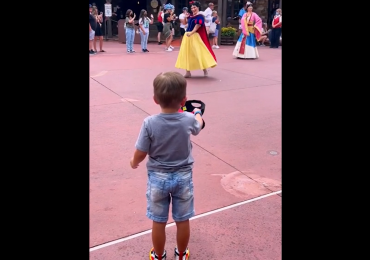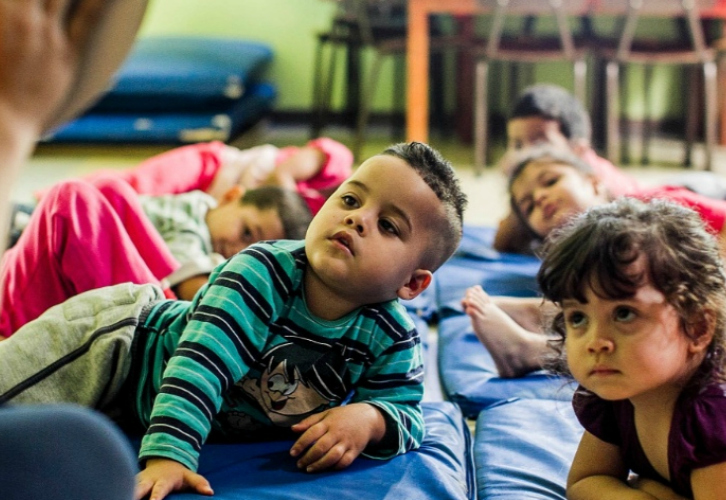
Just like an ordinary yoga class, the instructor draws the curtains and dims the lights. The mantra song starts playing to start the relaxation process for the pupils. It seems like an ordinary yoga class in any part of the world. The only differences here are the students and the fact that they are not in an upscale Yoga studio in a nice part of town, neither did they pay a cent to attend this class.
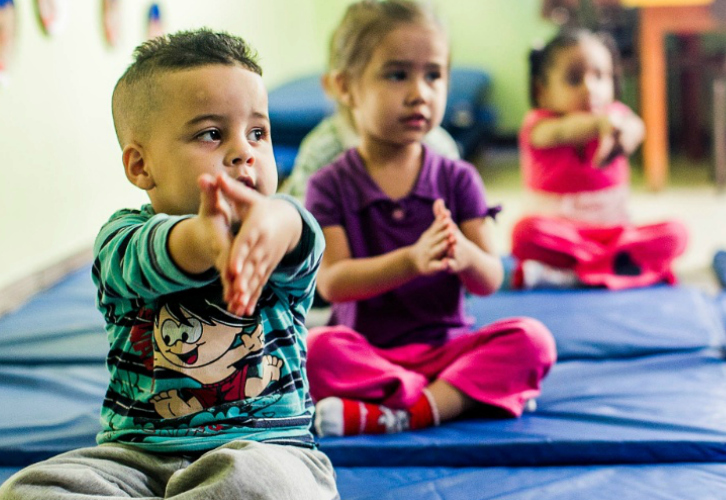
The students are mostly 3 year-olds who attend a publicly funded daycare center in one of the many shantytowns spread throughout the suburbs of São Paulo City in Brazil. The Children’s Educational Center Ananda Marga, managed by the non-profit organization Amurt-Amurtel is located in a poor area of town and takes care of 111 children full time, 5 days a week. Many of them are infants.
Once a week, two teachers are responsible for the yoga classes. They start by telling stories to explain the children the poses they are about to do. The class starts with the pose ”Walk In The Clouds” followed by the ”Sun Salutation” and other kid-friendly poses.
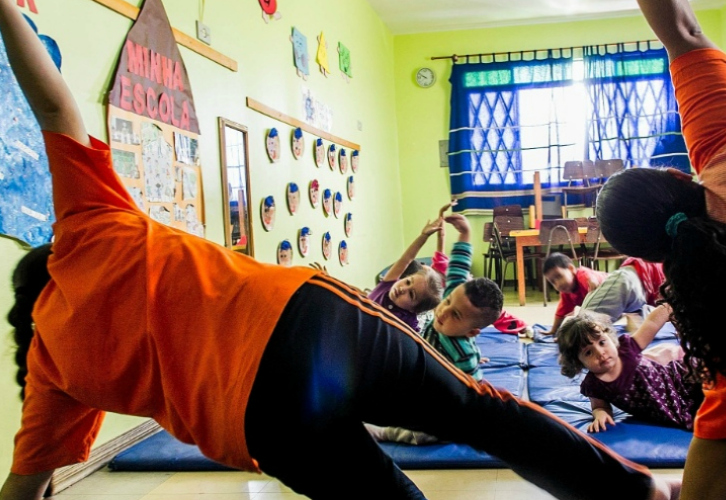
After the routine of poses is done, the little students close their eyes and begin the relaxation segment. To end the class sequence, the children are paired and start massaging each other’s faces, arms and feet.
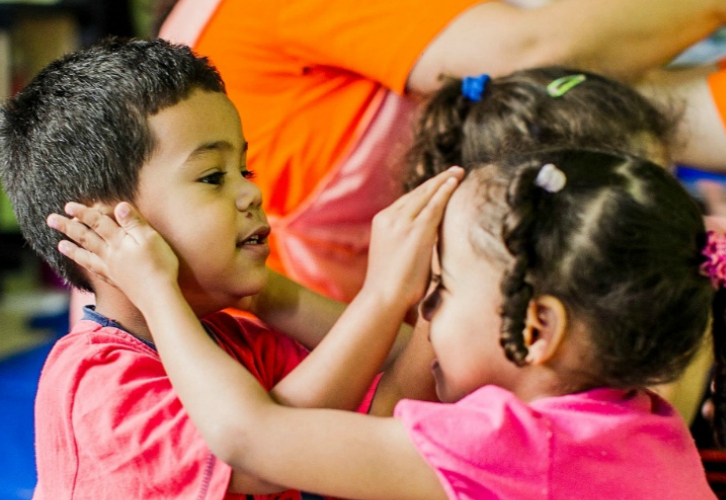
”The goal of teaching yoga to these kids is to help develop their physical and emotional strength as well as stimulate creativity, self-esteem and help shape their character. ” says the Non-profit Project Coordinator Didi Ananda Jaya. The non-profit adopts a Neohumanist philosophy that according to the institution, seeks to transform the individual into a healthier, active, compassionate being aware of their role in society.
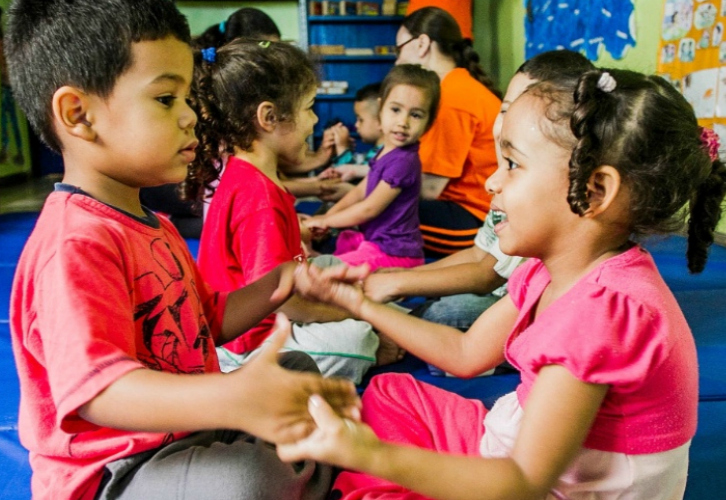
Shantala
While the older kids attend yoga classes, the nursery gets prepared for the babies of the Educational Center to receive the Shantala, an ancient East Indian massage technique used on babies and small children. The room lights are dimmed and the calming smell of lavender oil envelops the room.
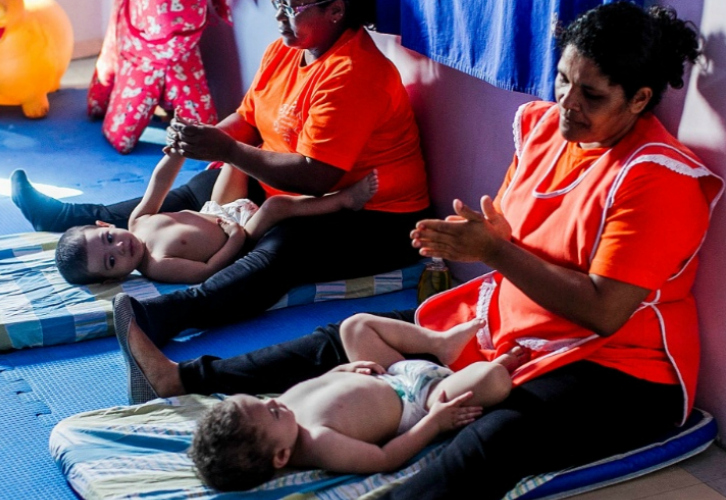
The babies are placed undressed over the lap of the teachers, which begin the massage. The babies start out a bit agitated, but soon start relaxing when they feel the warm touch to their arms, little fingers, belly, legs… and to nobody’s surprise, they soon begin to fall asleep!
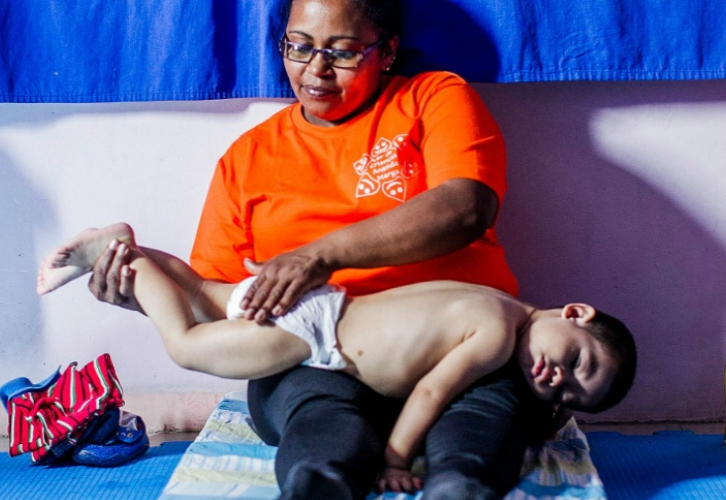
All the babies in the nursery receive a massage once a week. The goal is to give the babies a bonding moment with their caregivers so they feel loved and welcomed in a place where they spend so much of the day away from their moms. The massage technique is also thought to the mothers, so they can also bond and communicate with their child since body language is the only language a baby can understand.
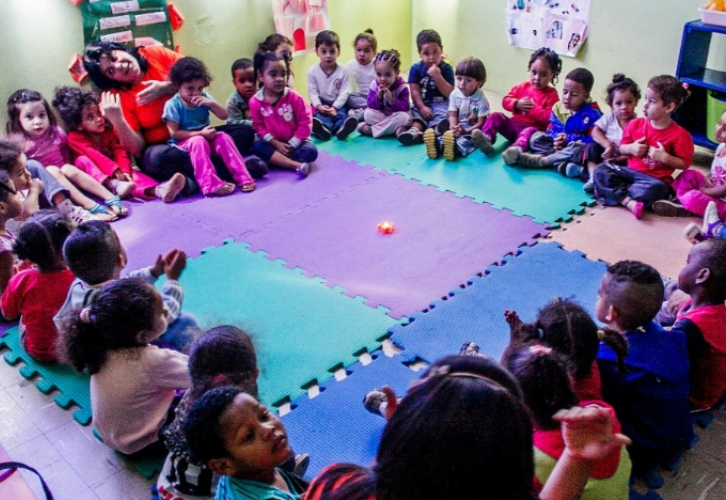
Welcoming The New Day
The regular classes the tots attend are not like another regular classroom! The beginning of the day at the school starts with what they call ”The Circle of Love”, where the children sing clapping their hands, give sun and nature salutations and give thanks for their friends and families. The classroom walls are decorated with their own drawings, pictures and activities about their families and neighborhood.
The meals served at the Educational Center are vegetarian and packed with lots of fruits, vegetables and are prepared under the strict guidelines of nutritionists. The kids love the food, which is kind of unusual for an age group that is so finicky about what they eat!
According to Maria Leticia Nascimento, a professor and researcher at the School of Education at the University of São Paulo, by the age of 3, ”Children are starting to develop their personality, personal relationships and family bonding. It’s important they get to express themselves by playing, singing, running, jumping and that they are welcome in a school where they are encouraged to be themselves.”
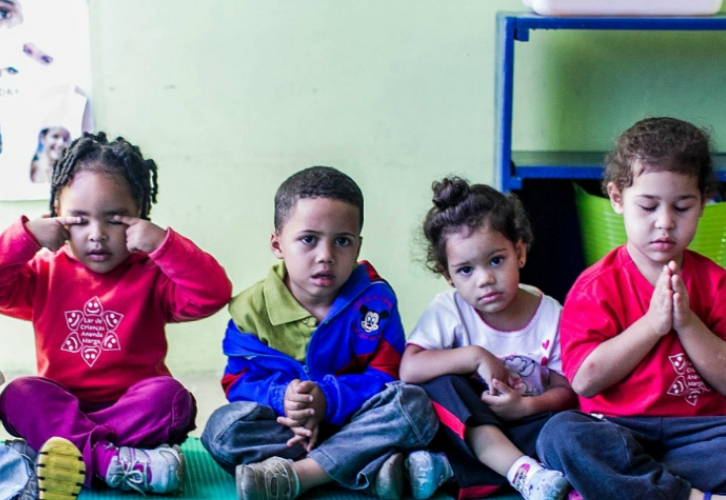
Being the largest city in South America with more than 11 million inhabitants, divisive inequality is everywhere in São Paulo. The ultra rich live very close to the less privileged. Giving these kids a good head start is an amazing feat. Many of them have at least one of their parents incarcerated and what they learn at the center may be the only positive influence they will have for reference in their formative years.
Please share with your friends on Facebook!
Via: Uol Educação


